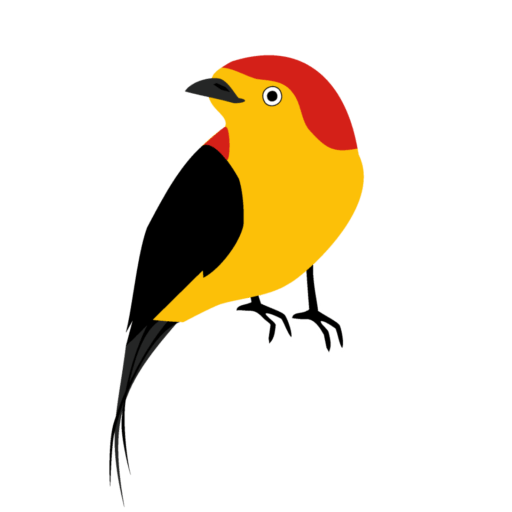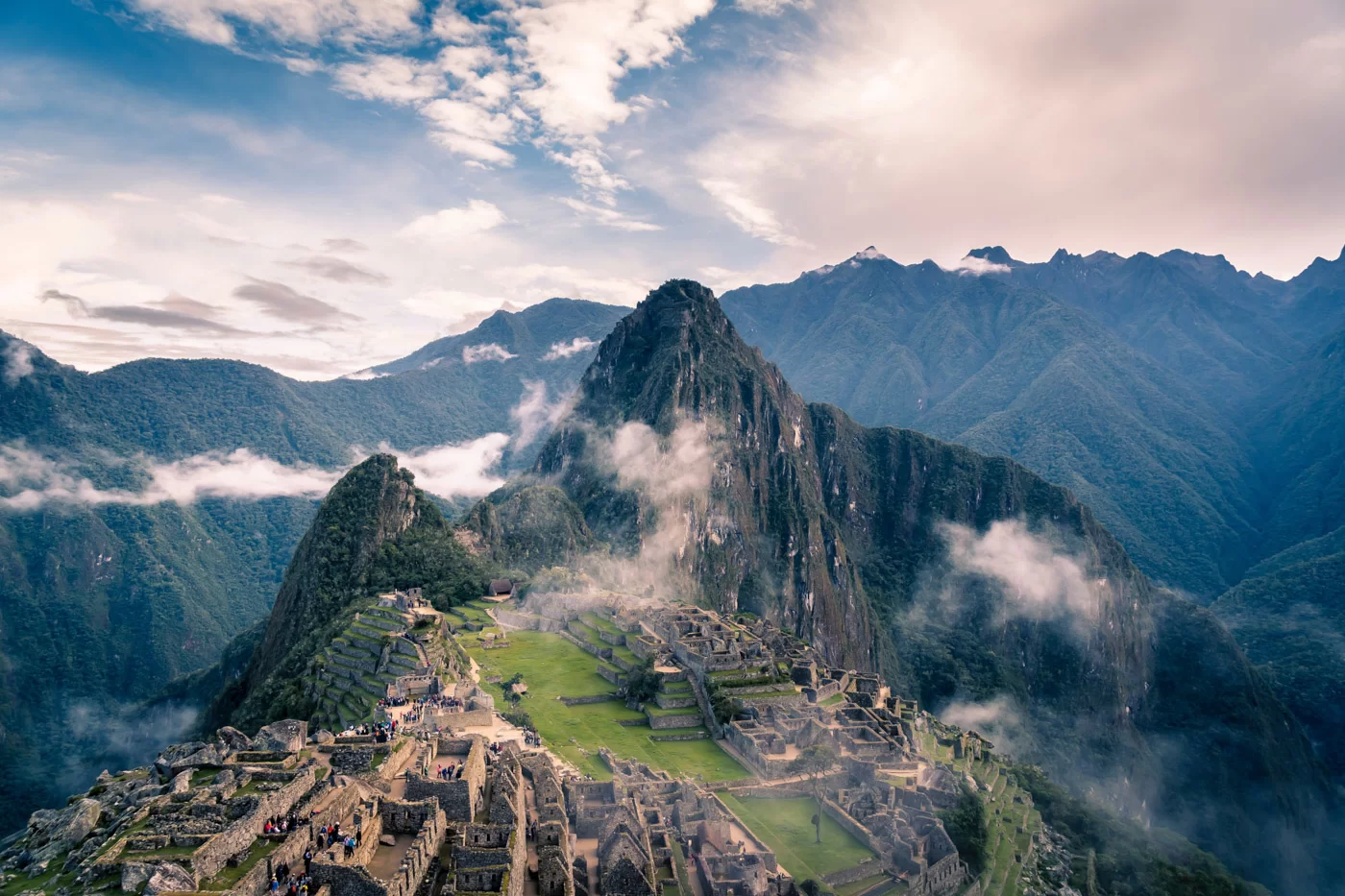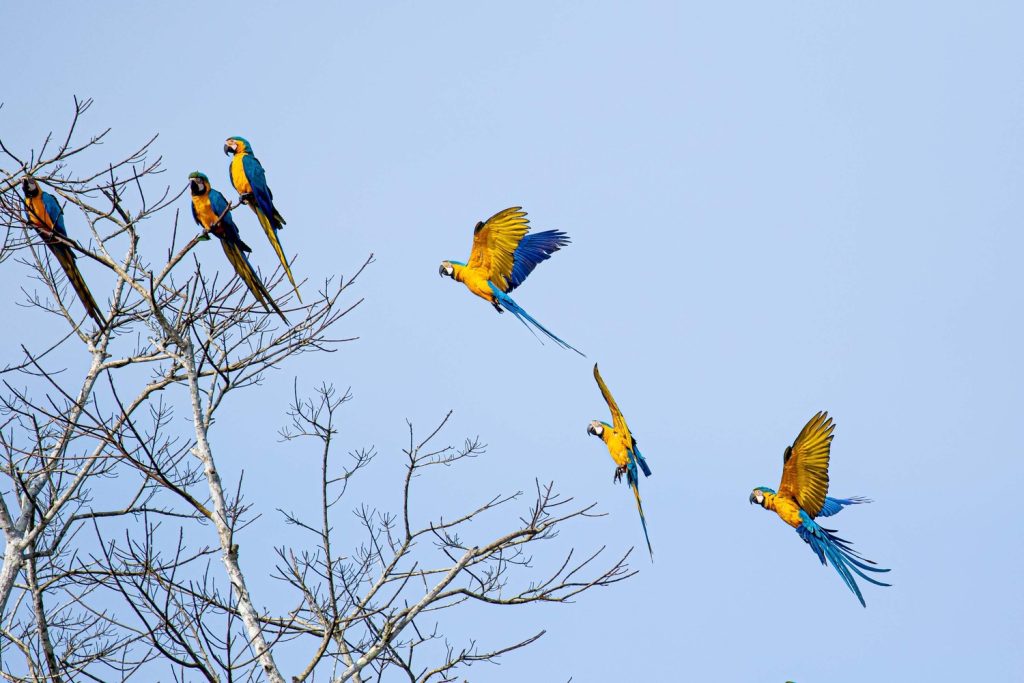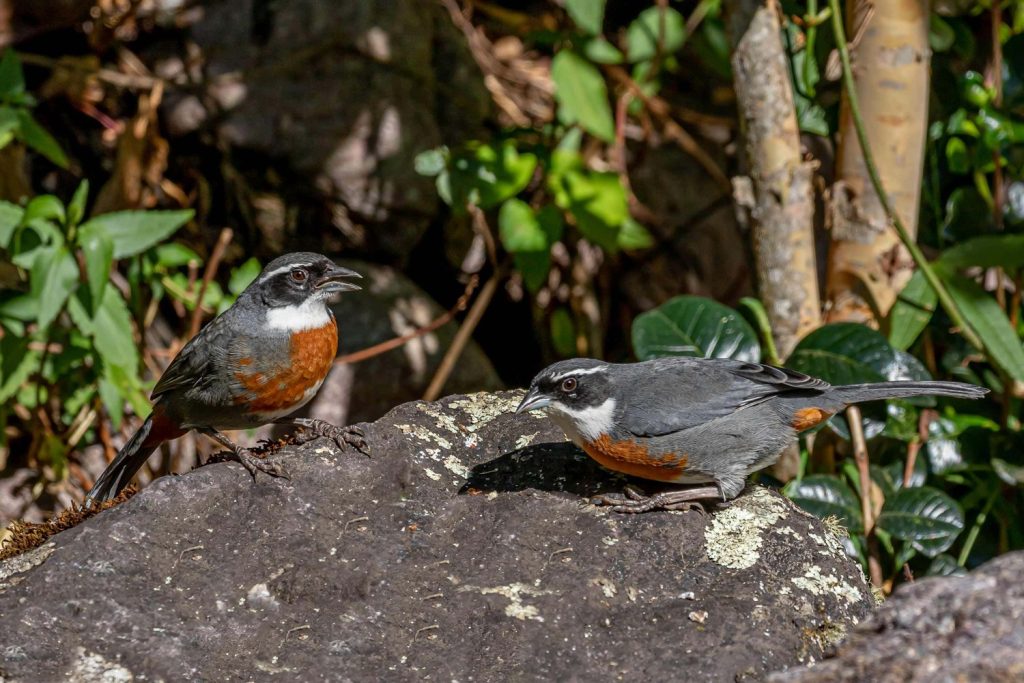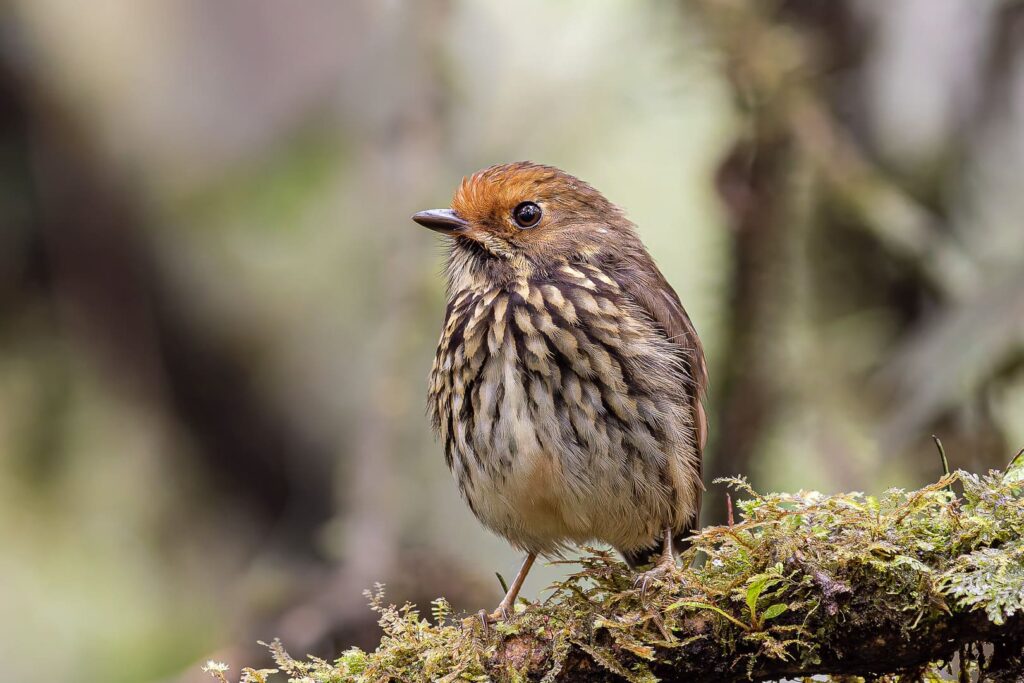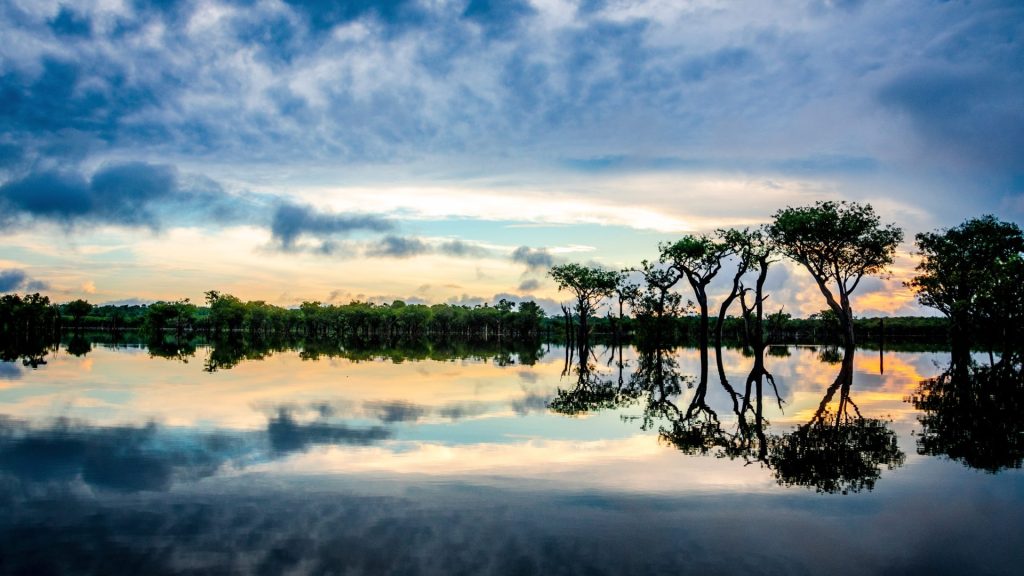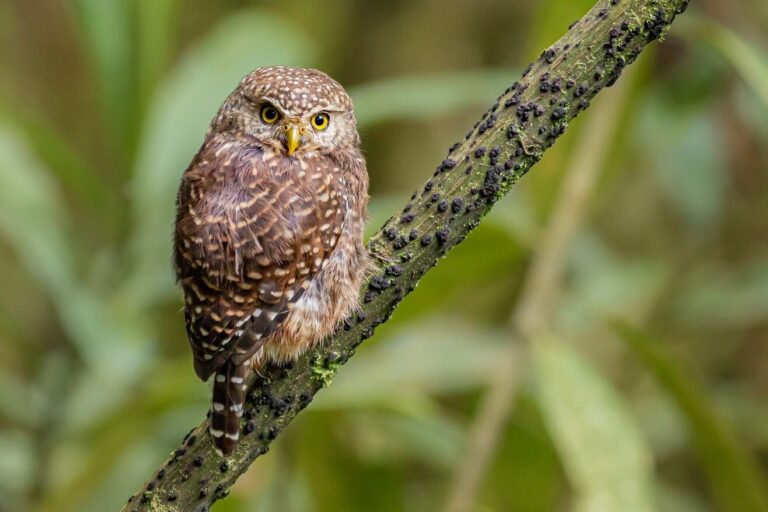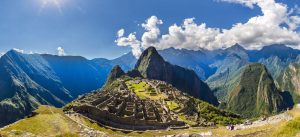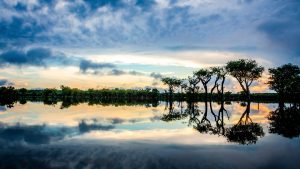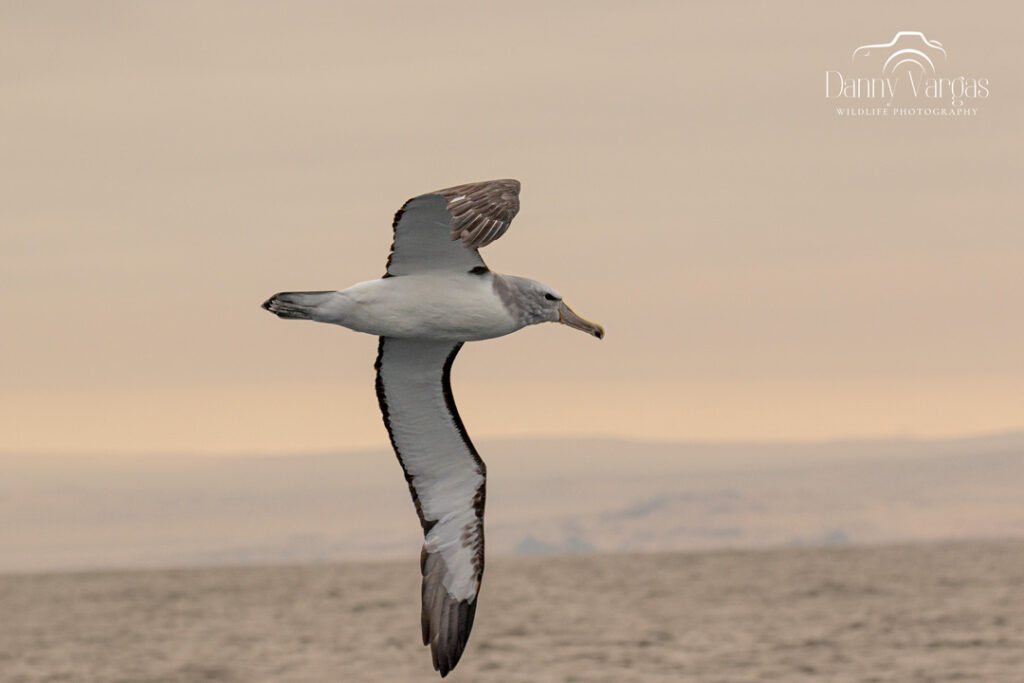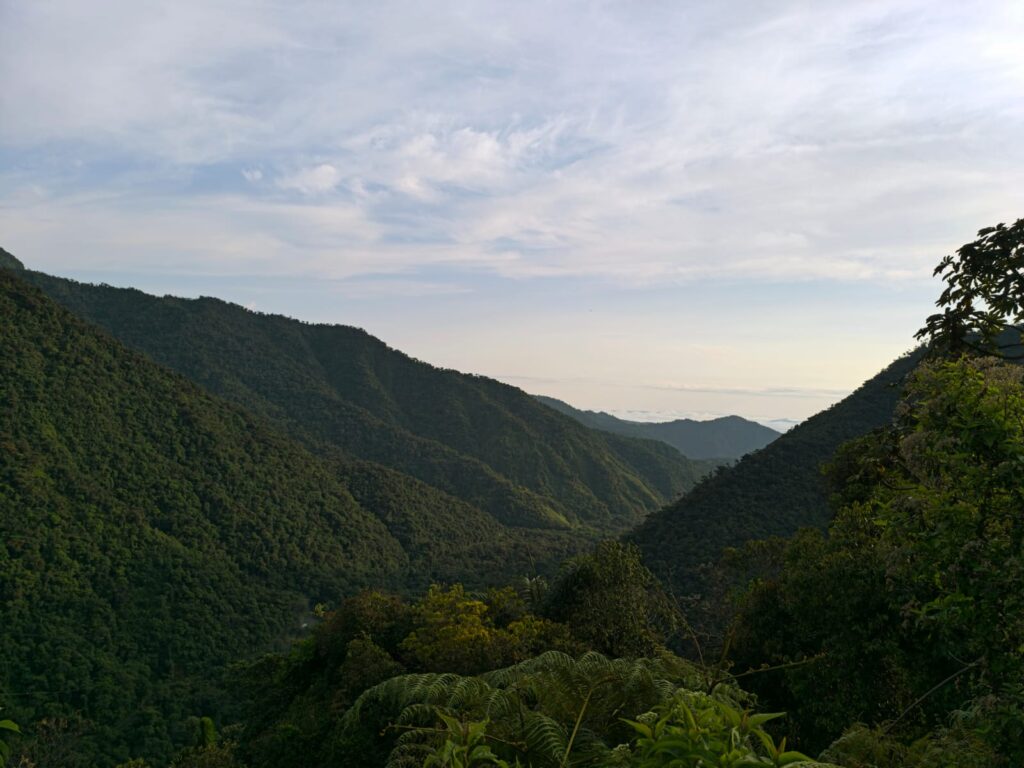
Birdwatching in Abra Patricia: Exploring Northern Peru’s Cloud Forest
Nestled in the remote highlands of northern Peru, Abra Patricia has earned its place as one of the premier birdwatching destinations in South America. For those passionate about cloud forest birding, this area offers an extraordinary combination of biodiversity, accessibility, and conservation success stories that few other locations can match.
Stretching along an altitudinal gradient from puna grasslands and elfin forests down to lush cloud forests and foothill rainforests, Abra Patricia is a place where birders can expect to encounter an incredible variety of habitats and species in a relatively compact area. It’s part of the broader Northern Peru Birding Route, a region renowned for its high number of endemics and near-endemics.
But what makes Abra Patricia truly special isn’t just the numbers—it’s the quality of the birding experience. The area offers excellent infrastructure for birders, from specialized lodges like Owlet Lodge and Huembo, to protected reserves such as Fundo Alto Nieva and Arena Blanca. Whether you are scanning fruiting trees for colorful tanagers, watching hummingbirds dart through gardens, or searching for elusive species in the understory, birdwatching in Abra Patricia provides an experience that is as rewarding as it is challenging.
Moreover, Abra Patricia plays a key role in the conservation of two of Peru’s most iconic and elusive species: the Long-whiskered Owlet and the Marvelous Spatuletail. Their presence has catalyzed important habitat protection efforts and fostered local community involvement, turning this area into a model for sustainable ecotourism and bird conservation.
For serious birders, Abra Patricia is not just a destination—it’s a must. It’s a place where each bend in the road and every patch of forest promises the possibility of something extraordinary.
Habitats and Key Bird Species of Abra Patricia: From Puna Grasslands to Cloud Forest Foothills
One of the most fascinating aspects of birdwatching in Abra Patricia is the opportunity to explore a dramatic series of habitats in a relatively short distance. The elevational range spans from over 2,500 meters at the San Lorenzo Ridge down to around 1,000 meters in the Arena Blanca Reserve, passing through elfin forest, cloud forest, and foothill rainforest. This altitudinal gradient supports an exceptional variety of birdlife—including some of Peru’s most iconic and sought-after species.
Below is a look at each major habitat zone and its associated birding site, along with a selection of the target species birders can expect to encounter.
🏔 Puna Grasslands and Elfin Forest – Cresta San Lorenzo
The San Lorenzo Ridge, accessible via a steep and rewarding hike, reaches elevations above 2,800 meters. At the upper reaches, you’ll find puna grasslands, a windswept ecosystem of high-altitude shrubs, grasses, and rocky outcrops. As you descend slightly, the landscape gives way to elfin forest—stunted, moss-laden trees that form a dense, atmospheric zone of gnarled trunks and tangled undergrowth.
This is one of the few places in the region where you can target high-Andean specialties alongside a few range-restricted species that spill over from central Peru. See the whole checklist for San Lorenzo here.
Target species at San Lorenzo:
- Pale-billed Anpitta
- Russet-mantled Softtail
- Coppery Metaltail
- Peruvian Wren
- Utucubamba Tapaculo
- Trilling Tapaculo
- Barred Fruiteater
- White-collared Jay
- Blue-backed Conebill
- Blue-and-black Tanager
- Unstreaked Tit-Tyrant
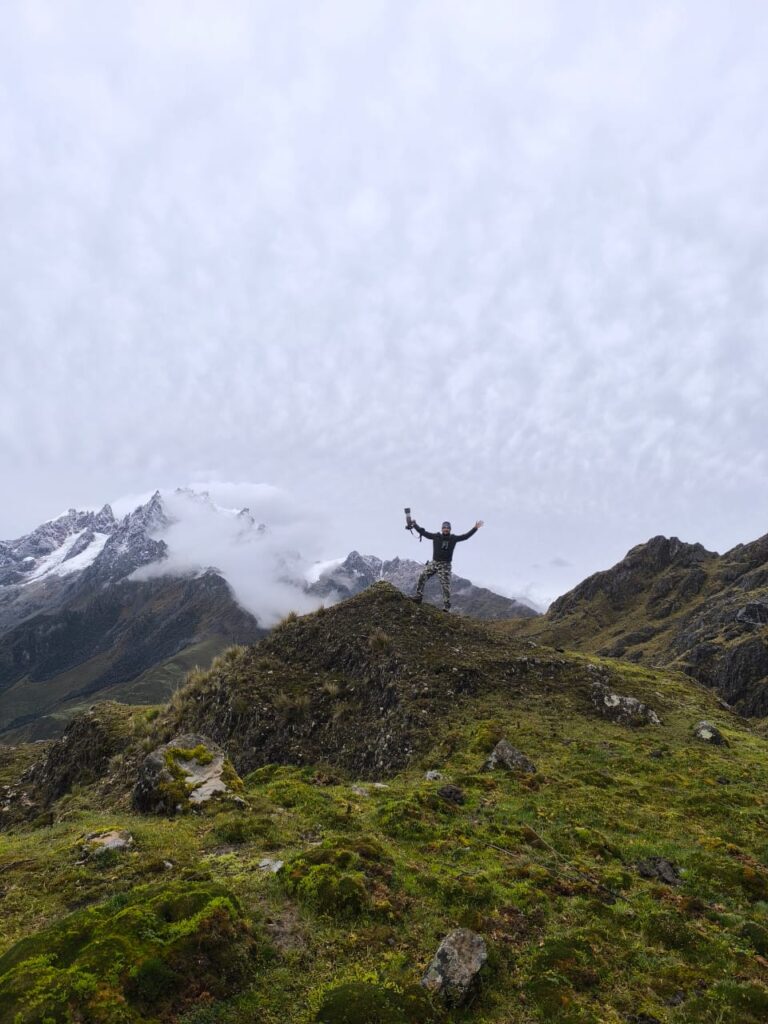
🌿 Transition Forest – Huembo Reserve
Further down the slope, Huembo lies in a transitional zone between humid montane forest and more open Andean slopes. Though compact, this site plays an outsized role in conservation, particularly for the stunning and highly localized Marvelous Spatuletail, which can often be seen feeding on planted flowers within the reserve grounds.
Huembo is also home to other hummingbird species and mid-elevation. See more about Huembo Lodge.
Target species at Huembo:
- Marvelous Spatuletail
- Chestnut-breasted Coronet
- Violet-fronted Brilliant
- Little Woodstar
- Sparkling Violetear
- White-bellied Woodstar
- Andean Emerald
- Silvery Tanager
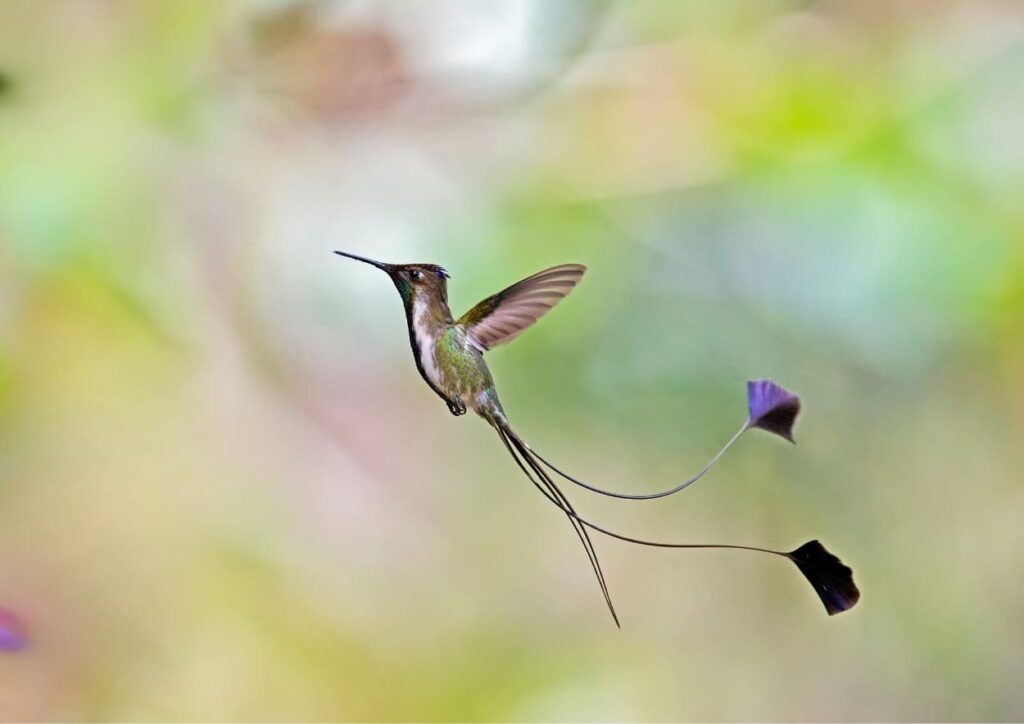
🌫 Cloud Forest – Owlet Lodge and Fundo Alto Nieva
Abra Patricia’s signature ecosystem is the humid cloud forest, a dripping, moss-laden expanse of towering trees, epiphytes, and deep shade. This is the heart of the region’s birding appeal—home to an incredible density of rare and range-restricted species, many of which are poorly known or hard to see elsewhere.
Owlet Lodge provides access to extensive trail systems and birding platforms within this habitat. Night walks here famously offer a chance to encounter one of the world’s most elusive birds: the Long-whiskered Owlet. Meanwhile, nearby Fundo Alto Nieva complements the experience with fruit feeders, hummingbird gardens, and bamboo patches. See more about Owlet Lodge.
Target species at Owlet Lodge & Fundo Alto Nieva:
- Long-whiskered Owlet
- Cinnamon Screech-Owl
- Royal Sunangel
- Bar-winged Wood-Wren
- Ochre-fronted Antpitta
- Chestnut Antpitta
- Rusty-tinged Antpitta
- Johnson´s (Lulu’s) Tody-Flycatcher
- Yellow-scarfed Tanager
- Green-and-black Fruiteater
- Chestnut-crested Cotinga
- Inca Flycatcher
- Emerald-bellied Puffleg
Learn more about Long-whiskered Owlet →
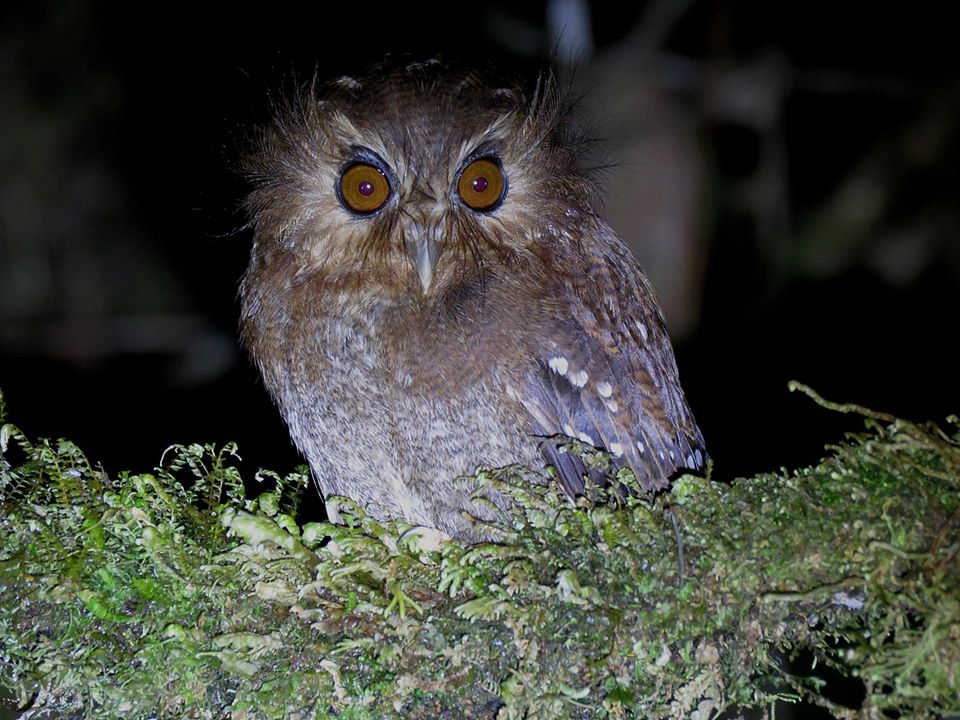
🌴 Foothill Rainforest – Arena Blanca Reserve
At lower elevations, the habitat transitions to foothill rainforest, warmer and more humid, with a mix of primary and regenerating forest. The privately managed Arena Blanca Reserve is a hotspot for species more typical of the Amazonian slope. It’s especially well known for its ground-level antpitta feeding station and hummingbird feeders, which make often-skulking birds unusually visible.
The reserve also features rustic accommodation and is a great stop to wrap up your northern Peru birding circuit with a final burst of species diversity.
Target species at Arena Blanca:
- Black-bellied Tanager
- Little Tinamou
- Rufous-breasted Wood-Quail
- Wire-crested Thorntail
- Many-spotted Hummingbird
- White-chinned Sapphire
- Speckle-chested Piculet
- Equatorial Graytail
- Varzea Thrush
- Peruvian Tyrannulet
- Equatorian Tyrannulet
- White-browed Antbird
- Chestnut-crowned Gnateater
- Andean Cock-of-the-Rock
- Crested Quetzal
- White-crowned Tapaculo
- Black-streaked Puffbird
From the high Andean ridge to the low foothills, Abra Patricia’s varied habitats each hold their own birding treasures. The chance to observe such a breadth of species across these zones—many of them endemics with small ranges—makes birdwatching in Abra Patricia an essential experience for serious birders in Peru.
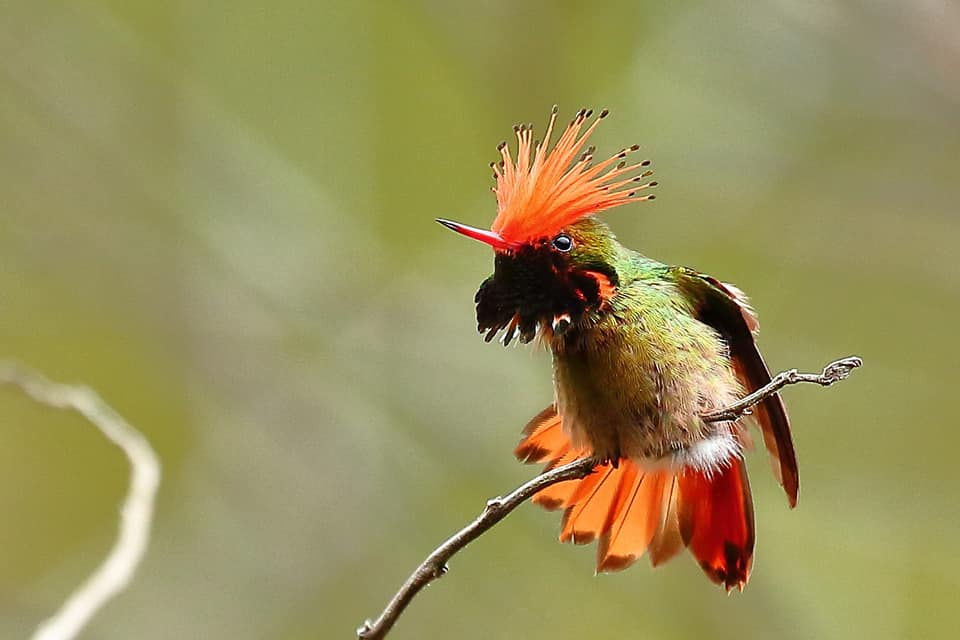
Birding in Multiple Climates: What to Expect Along the Altitudinal Gradient
One of the most defining aspects of birdwatching in Abra Patricia is the rapid and pronounced shift in climate as you move along its altitudinal gradient. From chilly high ridges to humid foothills, this constant environmental change not only shapes the bird communities but also demands thoughtful preparation from visiting birders.
In a span of just a few hours, you’ll transition from cold, dry puna grasslands to misty cloud forest and finally to the warm, humid foothill rainforest. Understanding these climatic zones—and packing accordingly—is key to enjoying the region to its fullest.
San Lorenzo Ridge – Cold, Windy, and Dry
At the highest elevations (above 2,800 meters), such as the Cresta San Lorenzo, the climate is distinctly Andean:
- Cold mornings and evenings, often close to freezing during the dry season
- Dry air and high UV exposure under intense sunlight
- Sudden wind gusts, particularly in open puna areas
Layering is essential here: thermal base layers, windproof jackets, gloves, and sun protection (hat, sunglasses, sunscreen) are all must-haves.
Owlet Lodge and Fundo Alto Nieva – Cool, Wet, and Humid
Descending into the cloud forest between 1,800–2,400 meters, the climate shifts dramatically. This is classic humid montane forest territory, characterized by:
- Persistent fog, drizzle, and occasional rain at any time of year
- Mild daytime temperatures (12–20°C / 54–68°F), but very damp conditions
- Cool nights and mornings, especially during the dry season
- Slippery trails and high humidity under dense canopy
Waterproof boots, a reliable rain jacket, moisture-wicking base layers, and rain covers for optical and photographic equipment are strongly recommended.
Huembo – Temperate and Breezy Transitional Zone
At around 2,000 meters, Huembo sits in a transition zone that blends montane and mid-elevation conditions. The climate here is more forgiving than in cloud forest, with:
- Intermittent rain and more frequent dry spells
- Milder temperatures and greater light penetration
- Less dense forest and more open spaces around the reserve
Comfortable hiking clothes, layers, and light rain gear will suffice here, but keep your insect repellent handy, especially during the wet season.
Arena Blanca – Hot, Humid, and Buggy Foothills
At elevations near 1,000 meters, Arena Blanca reflects typical foothill rainforest conditions:
- Warm days reaching 28–32°C (82–90°F), with high humidity
- Frequent showers or downpours, particularly in the afternoon
- High insect activity: mosquitoes, chiggers, and biting flies are common
- Hot nights with limited cooling unless there’s rain
Breathable, long-sleeved shirts and pants, insect repellent, and headnets (for the sensitive) are essential. A light poncho or packable raincoat is ideal for sudden downpours.
Dry vs. Wet Season: What to Expect
Abra Patricia can be visited year-round, but seasonal conditions affect both bird and birder behavior. In general:
- Dry season (May to October):
- Cooler temperatures, especially at night
- Easier trail access and fewer road delays
- Slightly reduced bird vocal activity in some areas
- Wet season (November to April):
- Warmer, wetter conditions overall
- Increased fruiting and breeding activity
- Roads and trails may be affected in February
➡️ Both seasons offer excellent birding, and each has its own advantages—although January through March typically sees the heaviest rainfall and most logistical challenges.
For a more in-depth comparison, see our full article on birding seasons in northern Peru.
From misty moss-covered ridges to sultry lowland forests, the climatic shifts in Abra Patricia add challenge—but also incredible richness—to the experience. Being prepared for this variety will make your journey more comfortable, efficient, and rewarding.
How to Get to Abra Patricia and Plan Your Birding Adventure
Although remote, Abra Patricia is surprisingly accessible thanks to a well-established birding circuit in northern Peru. The route itself is scenic and rewarding, and with a bit of planning, reaching this cloud forest paradise is straightforward.
🛬 Main Gateways: Tarapoto and Jaén
The two most common entry points for birders are:
- Tarapoto – Typically the preferred starting point for most birders visiting Abra Patricia. Tarapoto has multiple daily flights from Lima and serves as a convenient launchpad for the eastern slope of the Andes.
- Cajamarca – An alternative option, especially for birders coming from Utcubamba Valley or Chachapoyas after visiting highland sites like Huancabamba or the Utcubamba Valley.
- Chiclayo – Good option if you want to include the Maranon Valley and the Pacific coast in your birding area.
Both airports are serviced by major Peruvian airlines and have ground access in transport services suitable for birding tours.
🚗 Driving to Abra Patricia
From Tarapoto, Abra Patricia is about 6–7 hours by car via the paved PE-5N highway, passing through Moyobamba and Rioja. The drive itself is excellent for roadside birding and provides access to:
- Arena Blanca Reserve (foothill species and hummingbirds)
- Fundo Alto Nieva (cloud forest trails and feeders)
- Owlet Lodge (remote cloud forest species, including night birding)
- Huembo (Marvelous Spatuletail observation area)
Distances between sites are short once in the region, and many lodges offer their own trail systems and local guides.
🧭 Birding Tour Options in Abra Patricia
BIRDING IN NORTHERN PERU: The Classic Tour (12 days).- From the coast to the Amazon, this flexible, endemics-rich tour includes top species like the Marvelous Spatuletail, Long-whiskered Owlet, and many more across cloud forest, dry valleys, and foothills—all at a comfortable pace and great value.
BIRDING IN NORTHERN PERU: The Grand Tour (17 days).- Explore Peru’s most legendary birding route—from the Amazon foothills to the Pacific coast. Target top endemics like the Marvelous Spatuletail, Long-whiskered Owlet, Scarlet-banded Barbet, and White-winged Guan. This comprehensive, customizable journey covers cloud forests, dry valleys, and highland deserts at a relaxed pace with great comfort and excellent access throughout.
BIRD PHOTOGRAPHY IN NORTHERN PERU (13 days).- Capture Peru’s rarest birds on camera in this photography-focused tour of northern Peru. Target species include Marvelous Spatuletail, Long-whiskered Owlet, antpittas, manakins, and more—photographed across lush rainforests, scenic valleys, and iconic feeders from Cordillera Escalera to Abra Patricia.
Car rental is possible in Tarapoto for adventurous, independent travelers, but driving in rural Peru requires caution.
🏨 Trip Planning Tips
- Lodge reservations should be made well in advance, especially at Owlet Lodge and Huembo, which are popular among international birders and researchers.
- Weather planning is key—bring appropriate gear for cold, wet, and humid conditions depending on the elevations you’ll be visiting.
- Consider hiring local birding companies, they regularly offer custom tour or Fixed Departures for better prices.

